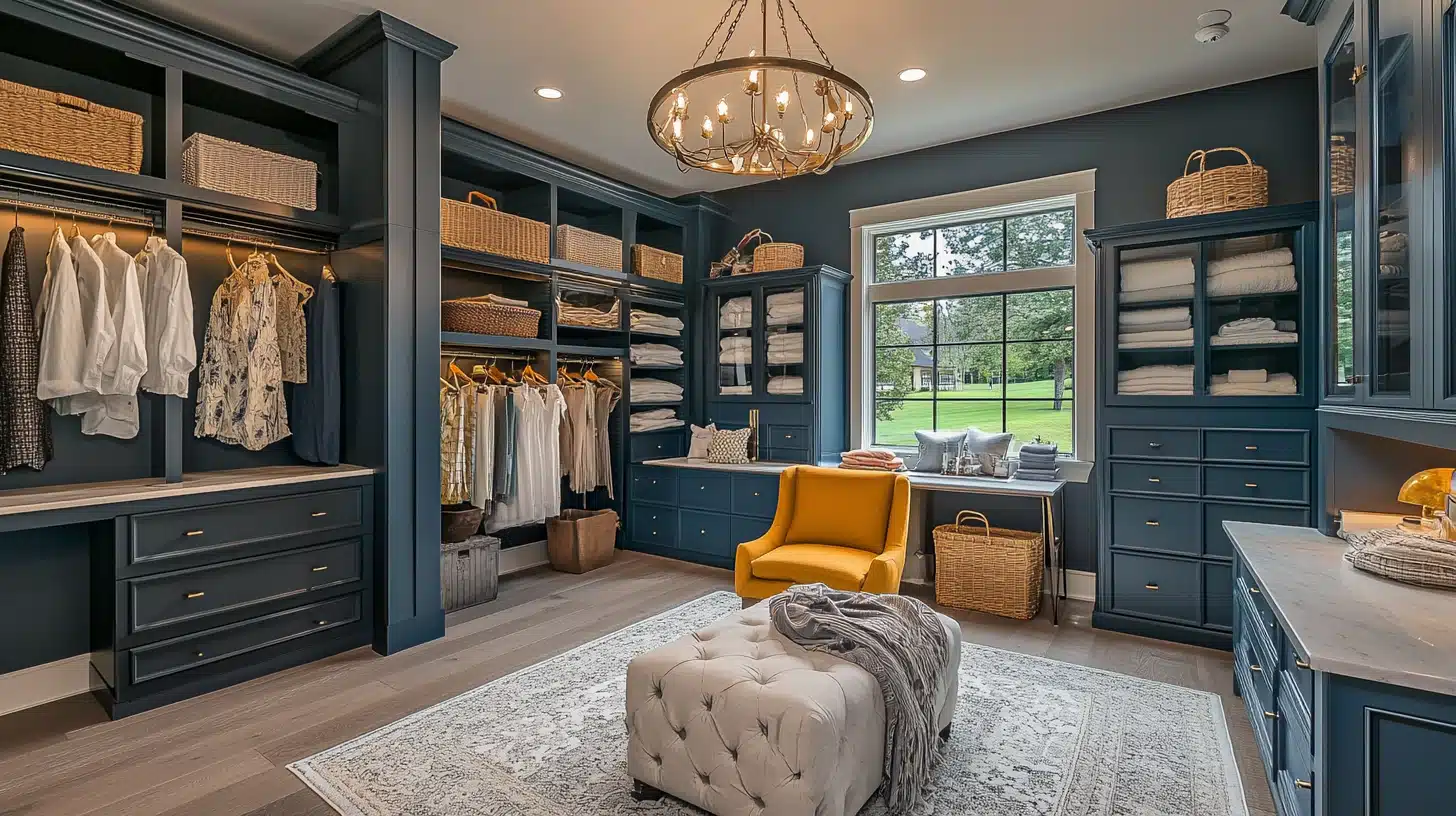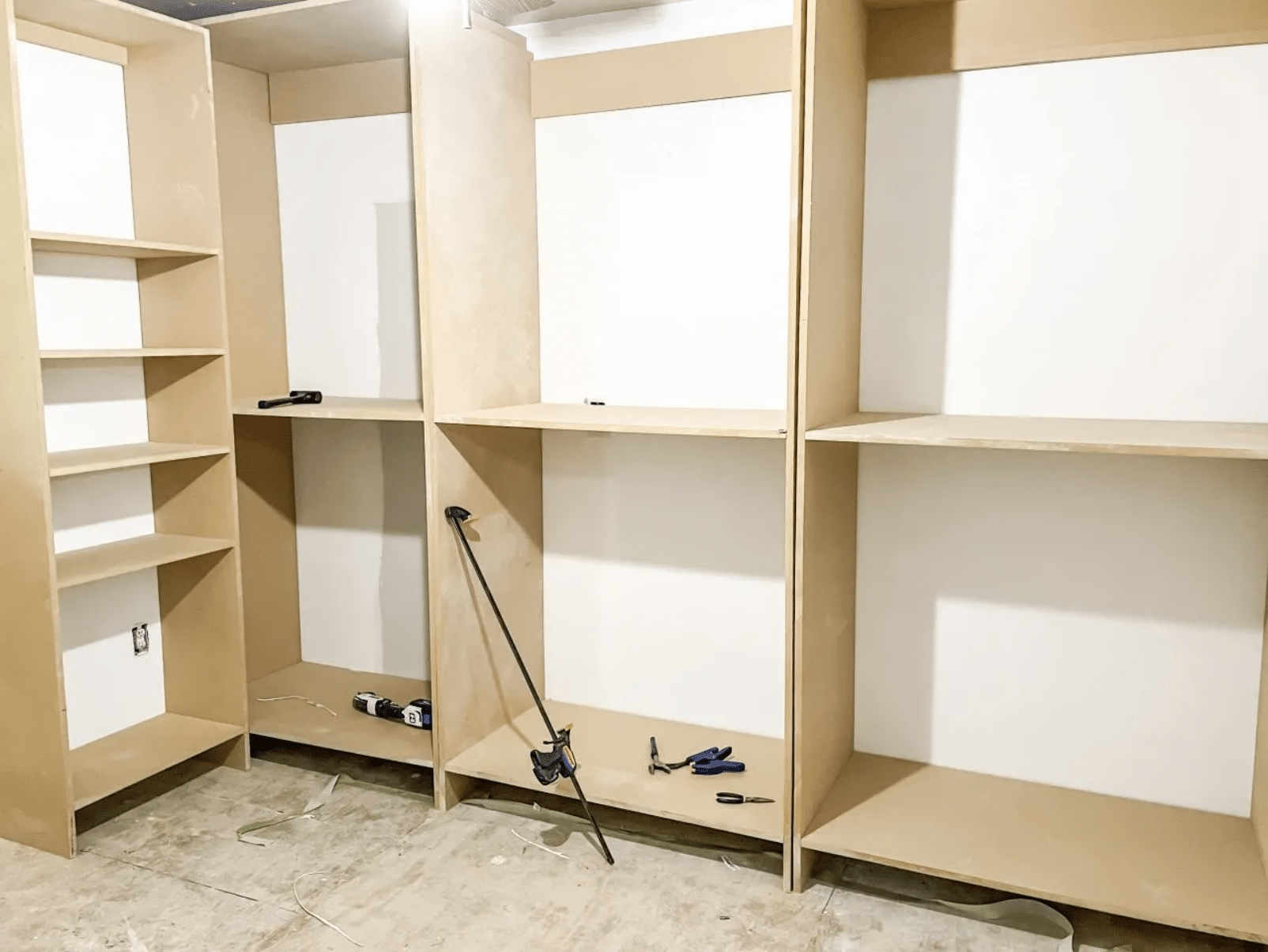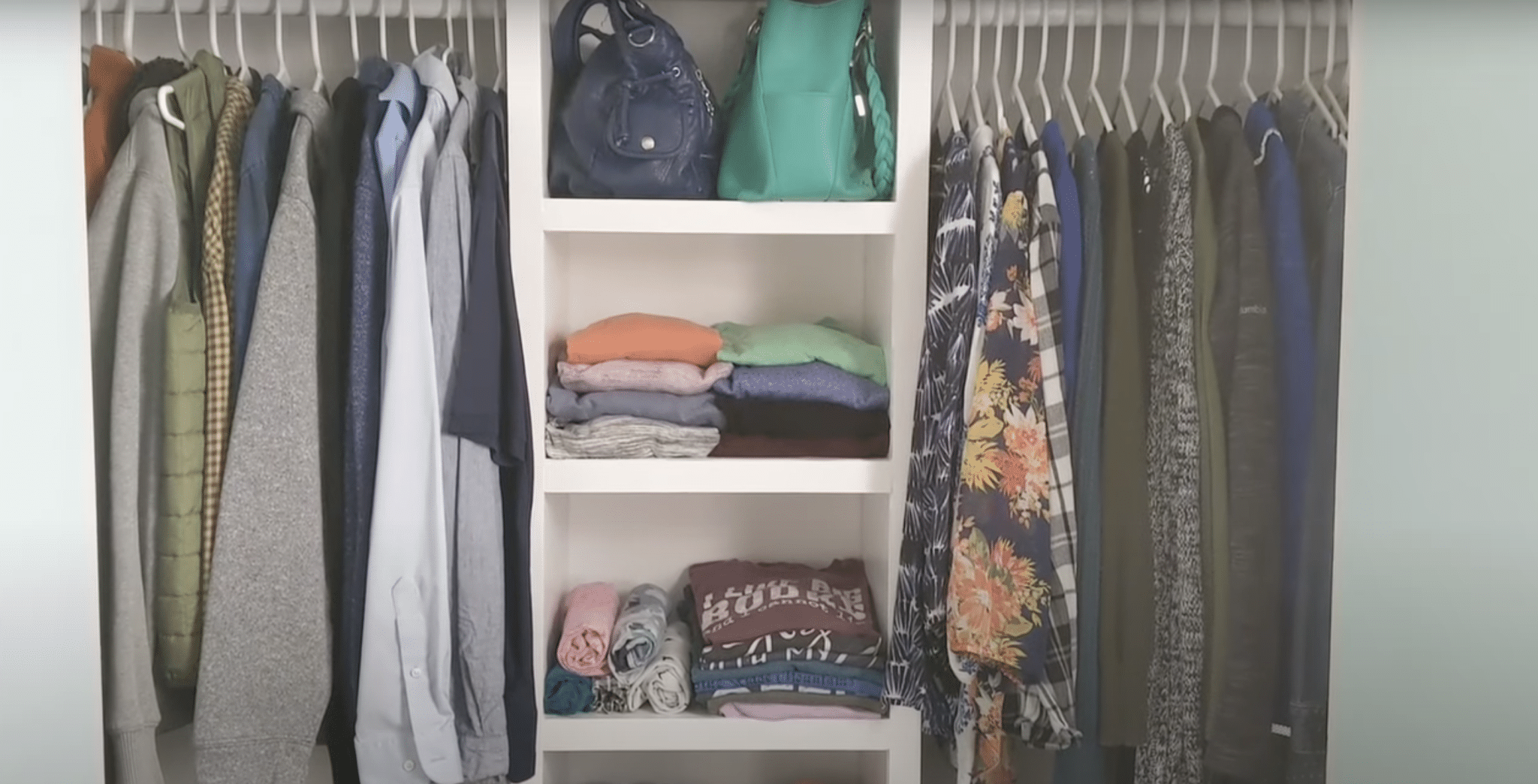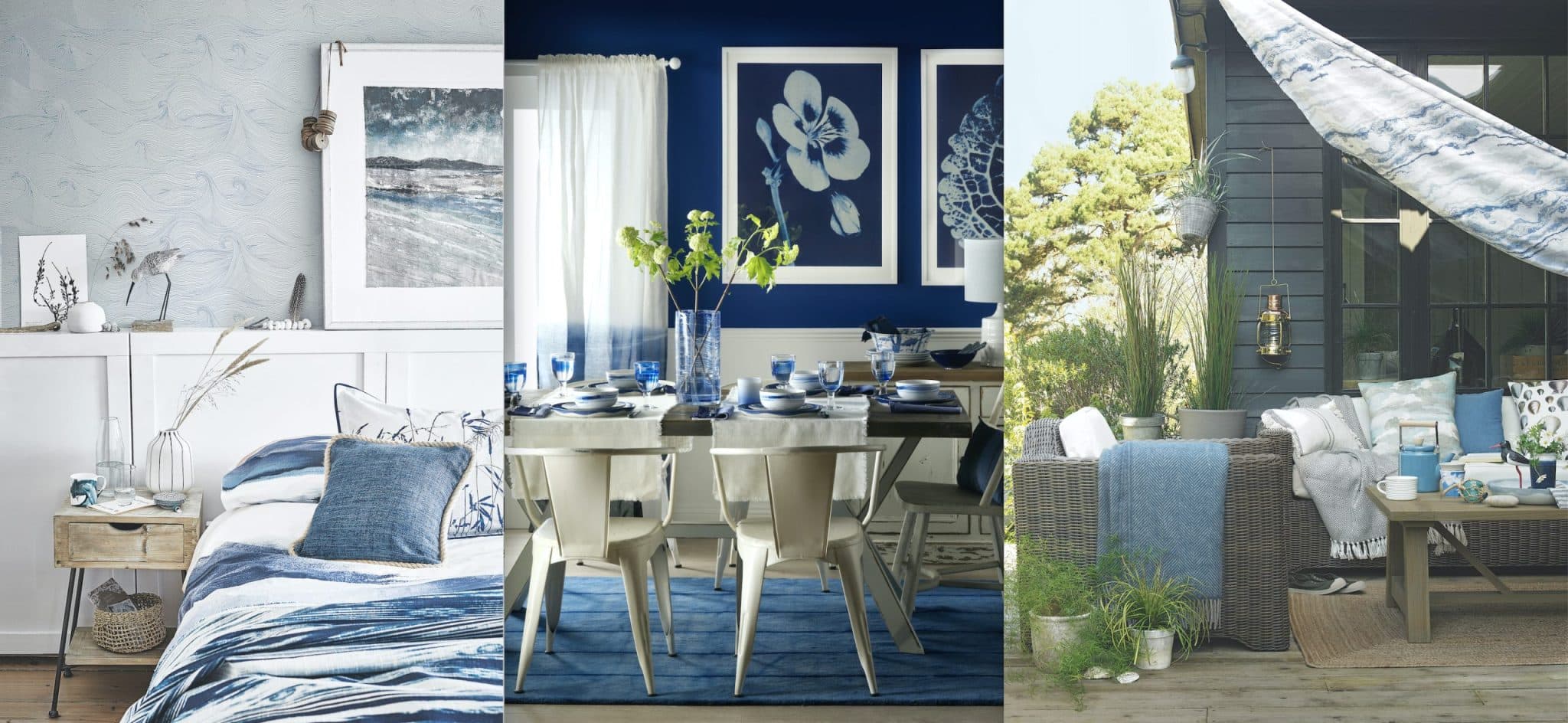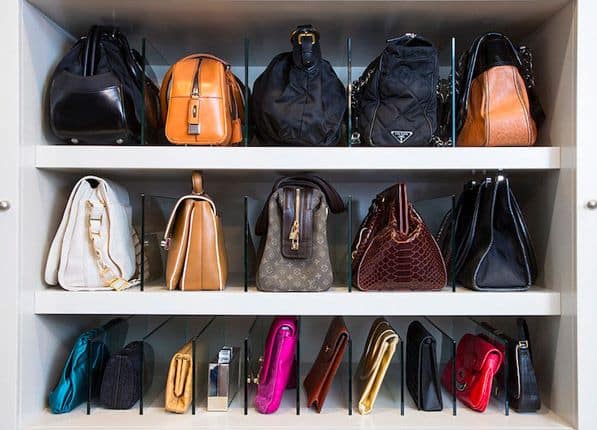Closet Design Mistakes to Avoid: Expert Tips for a Functional and Stylish Space
A well-designed closet is not simply a storage area for clothes; it’s an organized and stylish space that can significantly improve your daily life and add value to your home. However, even with careful planning, there are common design mistakes that can lead to a cluttered, inefficient, and frustrating closet.
Whether you’re dreaming of a complete closet design overhaul or simply looking to optimize your existing walk-in closet design, avoiding these common mistakes is key to creating a functional and aesthetically pleasing space.
The Perils of Poor Planning
One of the most fundamental errors in closet design is failing to take accurate measurements and assess your storage needs. Without a clear understanding of the available space and the items you need to accommodate, it’s easy to end up with a closet that’s either overcrowded or underutilized.
Before embarking on any design project, meticulously measure your closet dimensions and take inventory of your wardrobe, shoes, accessories, and any other items you plan to store. This information will serve as the foundation for a well-thought-out design that maximizes functionality.
Adequate lighting is often overlooked in closet design, yet this is exactly what creates a welcoming and functional space. Relying solely on overhead lighting can cast shadows and make it difficult to see your belongings clearly.
Incorporate a combination of ambient, task, and accent lighting to illuminate every corner of your closet and create a visually appealing atmosphere. Consider installing LED strip lights under shelves or inside drawers, and add a statement pendant light or chandelier for a touch of glamour.
Closets can become stuffy and musty, especially if they lack proper ventilation. Poor air circulation can lead to unpleasant odors, mildew, and even damage to your clothes and accessories. Ensure your closet has adequate ventilation by incorporating vents or windows, or consider installing a small exhaust fan to promote air flow.
Design Disasters to Dodge
While a visually appealing closet is certainly a goal, it shouldn’t overshadow the essential aspect of functionality. Prioritize practicality in your design and ensure that it incorporates a variety of storage solutions tailored to your specific needs.
Opt for adjustable shelves, drawers, and hanging rods to accommodate items of different sizes, ensuring everything has its designated place. Don’t forget specialized storage options for shoes, accessories, and bulkier items such as luggage or sports equipment. These dedicated spaces can significantly enhance the organization and accessibility of your closet.
Hanging space is a precious commodity in any closet, and underestimating its importance can lead to a cluttered and disorganized space. Allocate ample hanging space for dresses, suits, coats, and other garments that are best stored on hangers. Consider double-hanging rods to maximize vertical space, and install pull-out valet rods for temporary hanging or outfit planning.
Many closets have untapped vertical space that can be utilized for additional storage. Don’t limit yourself to the lower reaches of your closet; install shelves or cabinets that extend to the ceiling to store seasonal items, luggage, or other infrequently used belongings. Consider adding a sliding ladder or step stool for easy access to higher shelves.
Organizational Oversights
A well-organized closet relies on effective categorization. Avoid the temptation to simply throw everything into your closet without a system in place. Group similar items together, such as shirts, pants, dresses, and shoes. Use dividers, bins, and baskets to create designated spaces for each category, making it easy to find what you need and maintain order.
Ensure that frequently used items are easily accessible. Avoid storing everyday essentials on high shelves or in the back of deep drawers. Place them at eye level or within easy reach to streamline your daily routine and avoid unnecessary frustration.
Your wardrobe and storage needs are likely to change over time, so it’s advisable to design a closet that can adapt. Opt for adjustable shelving and hanging rods that can be reconfigured as your needs evolve. Consider modular storage solutions that can be added or removed as necessary, allowing your closet to grow and change with you.
The Importance of Professional Guidance
Designing a functional and stylish closet can be a complex undertaking, especially for larger projects or walk in closet design. Don’t hesitate to seek professional guidance from a closet designer or organizer. Their expertise can help you avoid costly mistakes, maximize your space, and create a closet that perfectly reflects your lifestyle and aesthetic preferences.
When planning your closet design, it’s essential to consider your future needs. Will your wardrobe expand? Do you plan to add to your family? Anticipating future changes can help you create a closet that will serve you well for years to come.
Conclusion
A well-designed closet is so much more than just a storage space; it’s a reflection of your personal style and an investment in both your home and your overall quality of life. By steering clear of these common design pitfalls and implementing the expert advice outlined in this article, you can craft a closet that is not only functional and aesthetically pleasing but also a joy to use every day.
Remember, a successful closet design hinges on thoughtful planning and attention to detail. From taking accurate measurements and assessing your storage needs to incorporating ample lighting and ventilation, each element plays a crucial role in creating a space that’s both beautiful and practical. By prioritizing functionality, embracing smart storage solutions, and maintaining organization, you’ll transform your closet into a haven of order and style.
And don’t forget, seeking professional guidance can be invaluable, especially for larger or more complex projects. A closet designer or organizer can offer expert insights and help you avoid costly mistakes, ensuring your closet meets your unique needs and complements your lifestyle.
Ultimately, a well-designed closet isn’t just about having a place to store your belongings; it’s about creating a space that simplifies your daily routine, inspires confidence, and brings a sense of calm and order to your life. With a little planning and effort, you can achieve a closet that truly reflects your personal style and enhances your everyday living.

